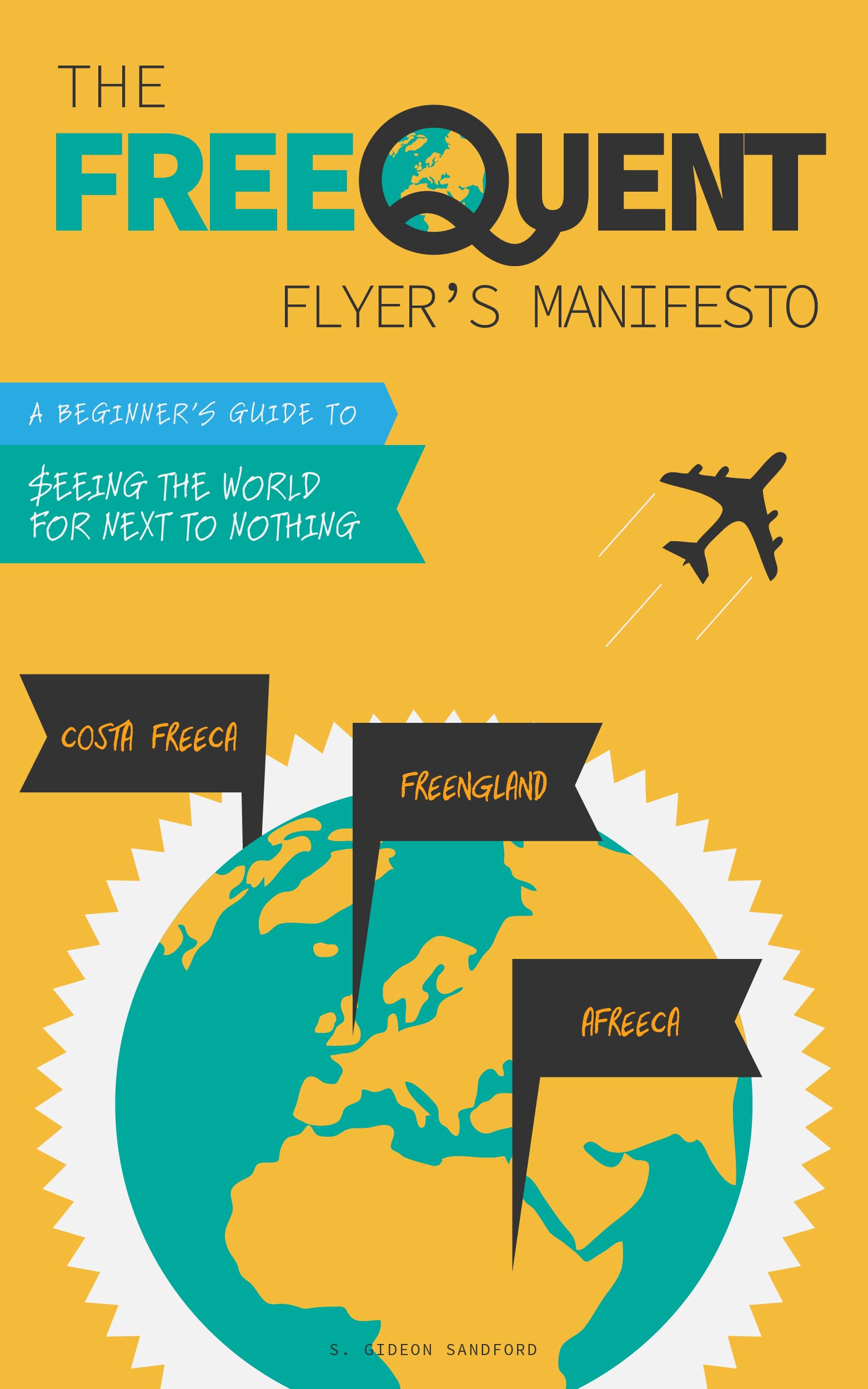Understanding Alaska Airlines Mileage Plan earning activity
/I like to think there's a difference between loyalty programs that are confusing and those that are merely complicated. It's confusing how many Delta SkyMiles an award ticket will cost because Delta continually obfuscates and changes the number of SkyMiles required, while it's merely complicated to figure out whether a British Airways Avios redemption is cheaper when broken up with an intermediate stopover.
Since I'm relatively new to crediting paid fares to Alaska Airlines Mileage Plan, I wasn't familiar with their system of elite-qualifying-mile bookkeeping. I know that many of my readers are in the same position I am, aiming to keep or reach elite status with Alaska, so I thought it would be useful to share what I've found so far.
Crediting American Airlines flights to Alaska Airlines Mileage Plan
From the Alaska Airlines website, here are the rules for crediting American Airlines-operated flights to Mileage Plan:
"Elite Qualifying Flight Miles: Earned flight miles and premium cabin bonuses on American count towards Elite Status.
Economy Class Cabin: Earn actual flight miles* flown in B, G, H, I, K, L, M, N, O, Q, R, S, V, W, X or Y classes of service.
Business Class Cabin: Earn actual flight miles* flown in C, D, I, or J classes of service, plus 25% Bonus Miles.
First Class Cabin: Earn actual flight miles* flown in A, F, or P classes of service, plus 50% Bonus Miles.
*Earn 500 minimum miles on flights less than 500 miles. Actual miles flown = 1 mile per flight mile flown. O class of service accrues for flights taken on or after February 1, 2015. Miles may not be earned for tickets flown in E, T, U or Z classes of service. Some deeply discounted, and industry fares are ineligible to earn miles."
Since my American Airlines flights last week have finally posted to my Mileage Plan account, I can report that while these rules are followed, their application is unnecessarily opaque.
"Earn 500 minimum miles on flights less than 500 miles"
Here's the flight I was rebooked on from Reno to Los Angeles:
Since the actual miles flown was under 500 miles, I should have earned 500 miles, plus 625 bonus miles as an MVP Gold 75K elite. Instead, I was credited with the 390 miles actually flown and the "Bonus" column was "topped up" with the missing 110 miles, leaving me with the correct total number of miles.
"Earn actual flight miles* flown in A, F, or P classes of service, plus 50% Bonus Miles"
As I mentioned in a previous post, for my flight from Los Angeles to Dallas I was booked into the first class "F" fare bucket, which earns 50% bonus miles when credited to Alaska. Here's how that flight posted to my Mileage Plan account:
Here the third column reflects the number of miles actually flown, and the fourth column includes both the 50% class of service bonus and the 125% MVP Gold 75K elite status bonus. Importantly, the class of service bonus does not increase the base mileage to which the elite status bonus is applied: both bonuses are applied only to the base number of miles actually flown.
"Earned flight miles and premium cabin bonuses on American count towards Elite Status"
Here's where things get tricky: your total number of elite-qualifying miles is the number of actual miles flown (the entire third column), and the portion of the "bonus" column that represents 500-mile minimums and class of service bonuses.
The best way to illustrate this is another example. Here are all five paid flights I've credited to Mileage Plan this year:
And here's what my tier status counter looks like:
The elite-qualifying miles shown represent the sum of my actual miles flown (4226), the part of the "Bonus" column representing my 500-mile-minimum "top up" (501), and the 50% class-of-service bonus I earned on my flight from LAX to DFW (618).
Conclusion: Alaska Airlines elite-qualifying-mile earning is unnecessarily complicated, but fair
While I was credited with all the redeemable and elite-qualifying miles I was due for the 5 American Airlines flights I credited to Mileage Plan, Alaska doesn't make it trivial to verify those numbers. With just 5 flights I could check their math manually, but when that number gets up to 20 or 30 I'll be left taking their word that my miles are being allocated correctly (or keep my own running tally).


